In the area of industrial and commercial applications, stainless steel pipes & tubes are long-lasting, corrosion-resistant materials. They are made from alloys with a high content of chromium; hence, they have properties such as being rust-proof and having great strength. The major application area for stainless steel pipes & tubes includes the oil and gas industry, chemical processing, construction, and water treatment plants. They have a smooth surface finish and high resistance to temperature extremes; hence they show excellent performance under various environments. Available in various grades and sizes, these offer tailored solutions in different fields of activities. They are durable, environmentally friendly, low-maintenance options for today’s industry.
Difference between Steel Pipes & Tubes
| Aspect | Steel Pipes | Steel Tubes |
| Purpose | Used for transporting fluids or gases. | Used in structural and precision applications. |
| Dimension Focus | Diameter is the key specification (measured as NPS or ID). | Outer diameter (OD) and wall thickness are critical. |
| Shape | Generally circular in shape. | Can be circular, square, or rectangular. |
| Strength | Designed for strength and durability under pressure. | Designed for high precision and dimensional accuracy. |
| Applications | Oil & gas pipelines, water systems, and HVAC systems. | Medical equipment, automotive parts, and construction. |
| Manufacturing | Made to withstand pressure and flow. | Made for specific tolerances and finishes. |
Types of Stainless Steel Pipes & Tubes
Seamless Stainless Steel Pipes:
Seamless stainless steel pipes do not have a weld seam. This adds to their strength and durability considerably, as they have a structure that is perfectly uniform. They are, therefore, ideal in any high-pressure or extreme-temperature application. The main uses of these pipes are in the industries of oil and gas pipelines, chemical processing plants, and boilers, including other critical systems. The whole process, right from heating the metal to shaping it into a hollow tube, is very detailed. Seamless pipes are the first choice in applications where quality and leak-proof performance are desired.
WELDED STAINLESS STEEL PIPES:
Welded stainless steel pipes are made by rolling steel strips or plates into a cylindrical shape and welding them by seam. The resultant pipes are cheap, enabling the production of large amounts. Welded pipes are used for low-pressure and non-critical applications, including water supply systems, fencing, and structural support. They have simple maintenance but their use in high-pressure and corrosive environments is limited.
ERW (Electric Resistance Welded) Stainless Steel Pipes:
ERW pipes are one kind of welded pipes, which are manufactured through the electric resistance welding process. Light and smooth-finished, they become ideal for plumbing, scaffolding, and small diameter fluid transports. With high strength, ERW pipes become not only the best option but also the cheapest in every day-to-day application.
Manufacturing Process of Stainless Steel Pipes & Tubes
Melting and Casting:
The first stage in the manufacturing process for stainless steel pipes & tubes involves melting of the raw materials. Heating in an electric arc furnace to form molten steel includes chromium, nickel, iron, and other alloys. Further refining of the molten steel is done for removal of impurities and, by putting the material into billet or slab form by casting in molds. The billets obtained are now ready for further processing in finishing.
Hot Rolling and Forming:
Hot rolling refines the grain structure of the stainless steel, resulting in increased strength and durability. Billets are heated to high temperatures and formed into cylindrical tubes or pipes by this process. The dimensions of the pipes that are hot-rolled are further precised by cold drawing or cold rolling.
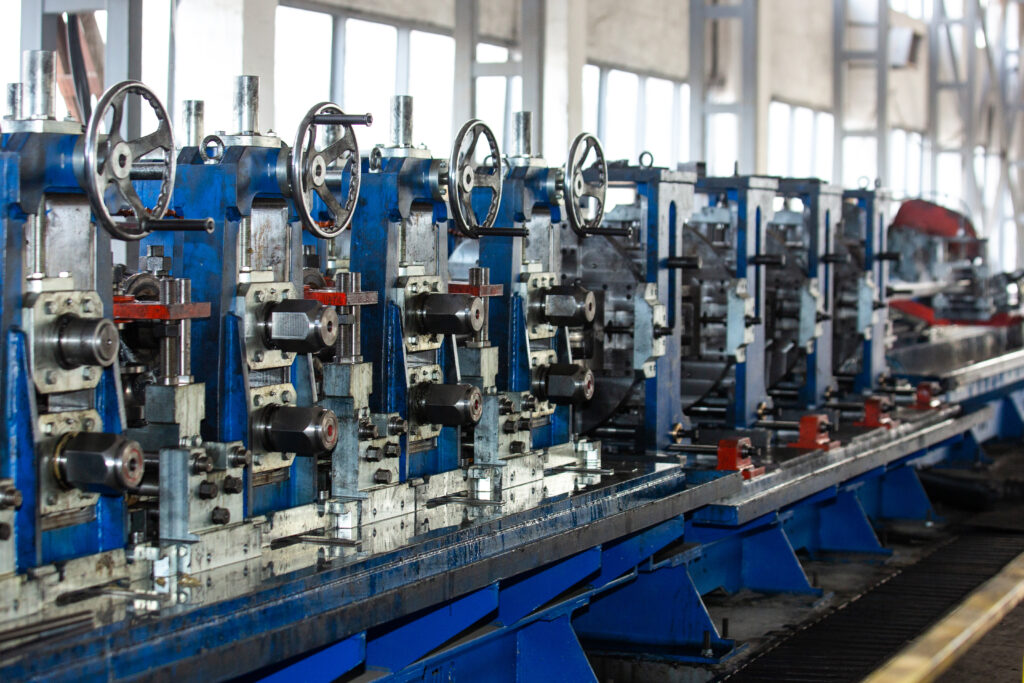
Welding or Seamless Formation:
The welded pipes are manufactured by rolling the stainless steel strips into cylindrical shape and welding their edges. The billets in the case of seamless pipes are shaped into hollow tubes without any welding. In all cases, strict quality controls are followed to ensure the products are free from defects and long-lasting.
Surface Finishing and Testing:
The last stage is the surface finishing of the pipes and tubes, covering polishing and coating. They undergo, then, series testing: pressure testing, corrosion resistance, and dimensional accuracy check, and thus, out of this series of testing ensures a quality product.
Properties of Stainless Steel Pipes & Tubes
Corrosion Resistance: The most important property displayed by stainless steel pipes & tubes is high resistance to corrosion. This is because of the chromium content; therefore, a protective oxide layer forms, rendering the material rust-proof. That is why these pipes are used in hostile environments such as marine, chemical processing, and industrial plants where there is high moisture and exposure to corrosive chemicals.
Strength and Durability: On the other hand, tensile strength and durability of stainless steel pipes & tubes are unparalleled. They would find appropriate applications in heavy-duty fields such as oil and gas pipelines and construction structures. Their strong structure easily withstands the action of high pressure and temperature variations that ensure long-term reliability.
High-Temperature Resistance: It has high-temperature resistance, so that makes stainless steel more useful in various industries. These pipes and tubes will be able to bear extreme heat without losing their structure and performance. It has wide applications in boiler, heat exchanger, and power plant systems.
Hygienic and Smooth Surface: The smooth surface finish and non-porous nature do not allow unhygienic conditions and the growth of bacteria. Hence, they are the preferred choice in food processing, pharmaceuticals, and water treatment applications.
Versatility: With the number of grades like 304 & 316 most common grades, sizes, and finishes available, stainless steel pipes and tubes have turned out to be versatile; hence, they find perfect applications in industries, commercial areas, and decoration.
Applications of Stainless Steel Pipes & Tubes
Oil & Gas Sector:
In the oil & gas industry, stainless steel pipes & tubes are used in critical areas due to their high resistance to corrosion. They find particular applications in offshore drilling, refineries, and pipelines. They resist aggressive environments, high pressure, and extreme temperatures; hence, they are durable and provide reliability. Seamless stainless steel pipes are quite common in gas transportation and petroleum refining processes.
Chemical Processing Plants:
In chemical industries, stainless steel pipes & tubes are handling corrosive chemicals and acids. Their non-reactive and durable nature makes them not to react with chemicals; hence, there is an increase in process safety and efficiency. They are among the preferred choice for heat exchangers, reactors, and storage tanks.
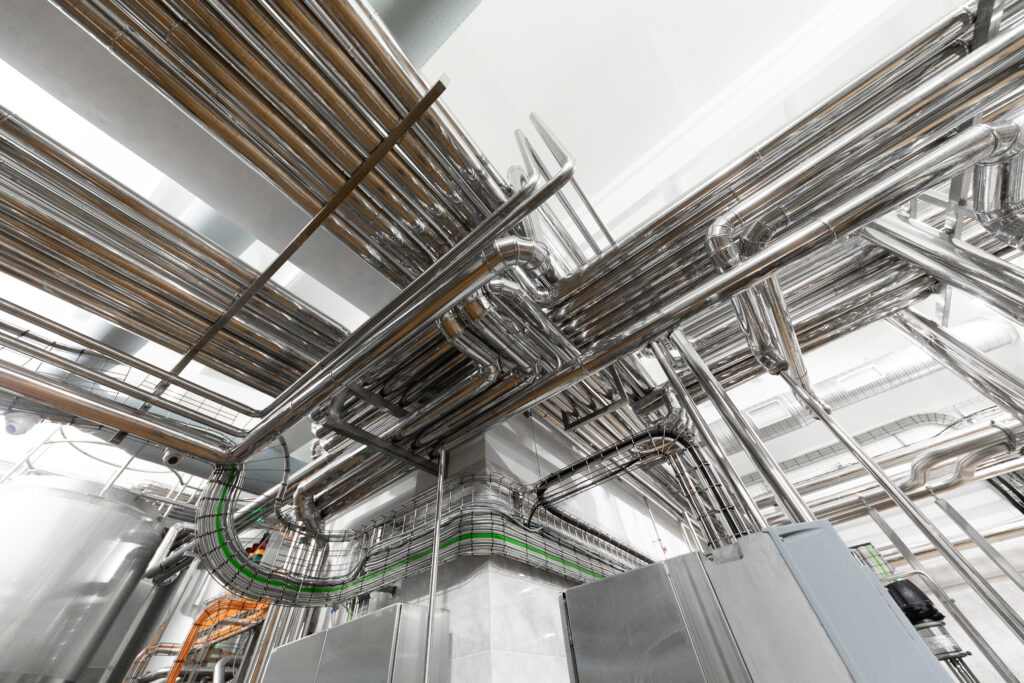
Construction and Infrastructure:
Such are also seen in construction and infrastructure projects owing to durability and aesthetics of stainless steel pipes & tubes. They are applied in the structural components in bridges, buildings, and railings. Their light weight, rust-proof qualities make them maintenance low and stay intact for ages.
Food and Beverage Industry:
Food-grade stainless steel pipes & tubes are used in food processing, dairy, and beverage production. They were designed to meet all the sanitary requirements of the foods and are non-toxic. The inner surface is smooth to prevent contamination, ensuring hygiene.
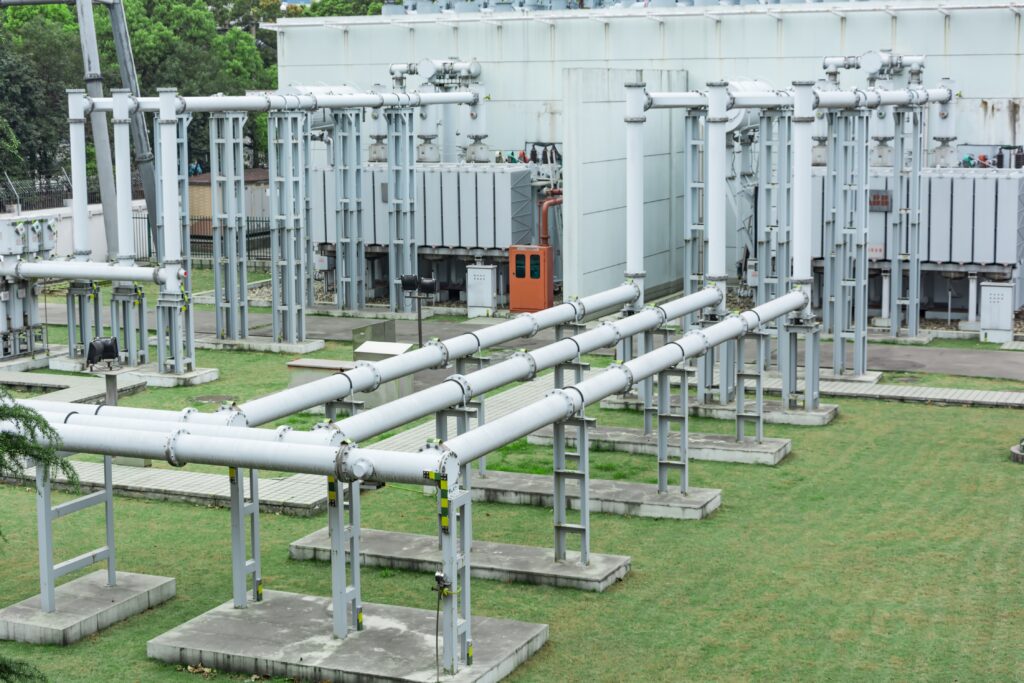
Water Treatment Plants:
Stainless steel pipes are used in water treatment plants and desalination systems to carry water in the processes of transportation and filtration. Their resistance to corrosion assures that they can offer a supply of clean and safe water without metallic contamination.
Challenges of Stainless Steel Pipes & Tubes
High Upfront Cost: The initial cost of stainless steel pipes & tubes is quite high, which may be challenging for small-scale industries and budget-sensitive projects. Its raw materials, along with its manufacturing process and quality assurance tests, make stainless steel far more expensive than carbon steel or any other substitute.
Welding and Fabrication Complexity: The welding and fabrication of stainless steel pipes & tubes are really tough. Proper expertise with advanced tools is required since improper welding may generate cracks or defects. These are factors that would result in the delay of production and increases cost in industrial projects.
Corrosion Resistance Dependence on Environment: While stainless steel has very good resistance to corrosion, localized types of corrosion, such as pitting and crevice corrosion, are a possibility under certain, often aggressive, environmental conditions—for example, in chloride-rich or acidic conditions. If no proper grade selection and maintenance are followed, their performance can be compromised.
Availability of Specific Grades: Certain applications require very specific grades of stainless steel pipes & tubes that are not readily sourced. Import and logistic challenges may blow out project timelines and costs.
Weight and Handling Issues: The high density of stainless steel makes pipes and tubes very heavy and awkward to handle. Larger-diameter or thicker-wall stainless steel pipes are heavier to transport and more difficult to install; this aspect raises overall costs.
Conclusion
Stainless Steel Pipes & Tubes are much in demand worldwide due to its strength and adaptability. From the construction industry, oil & gas, and to the food sector, it’s very common to find the applications of stainless steel everywhere. To sum up, if you require pipes and tubes that are highly reliable and of quality, then definitely opt for stainless steel.
Did you like this article? If you would like more detail on a particular application or grade, let me know!


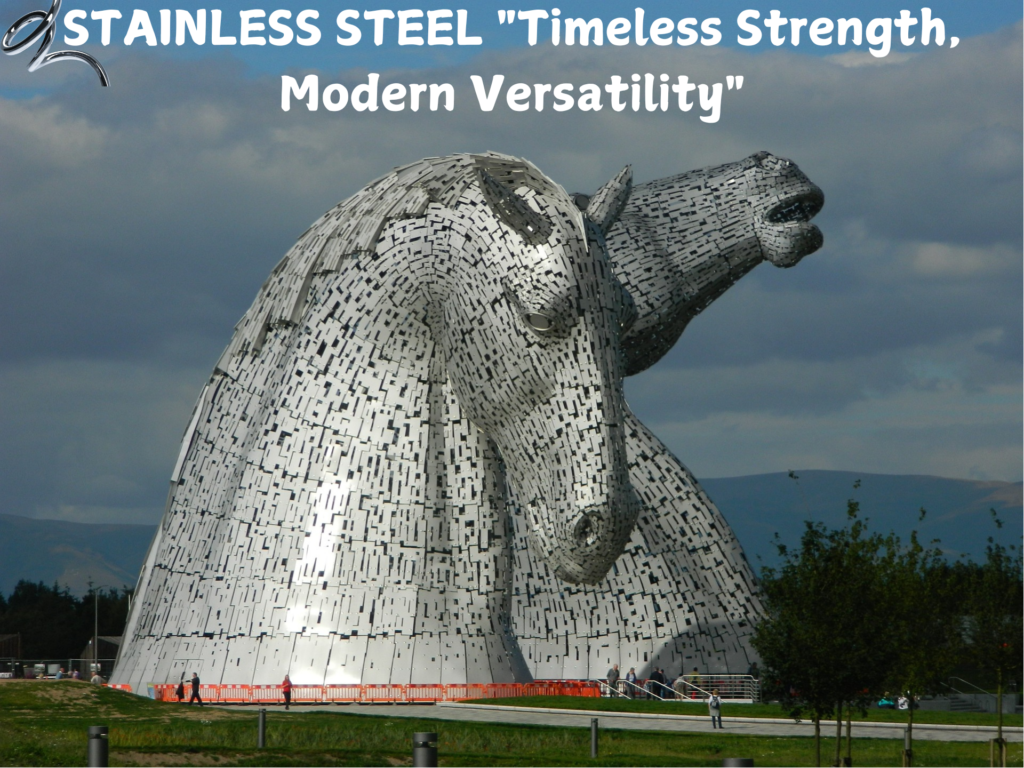
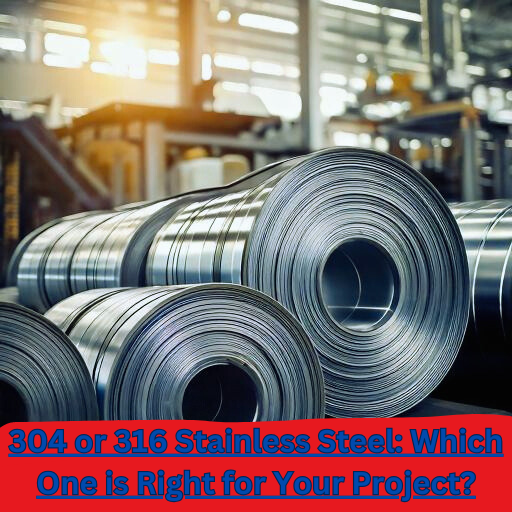
Pingback: Types of Welding Machines and Their Applications - STEEL PRODUCT INFO.